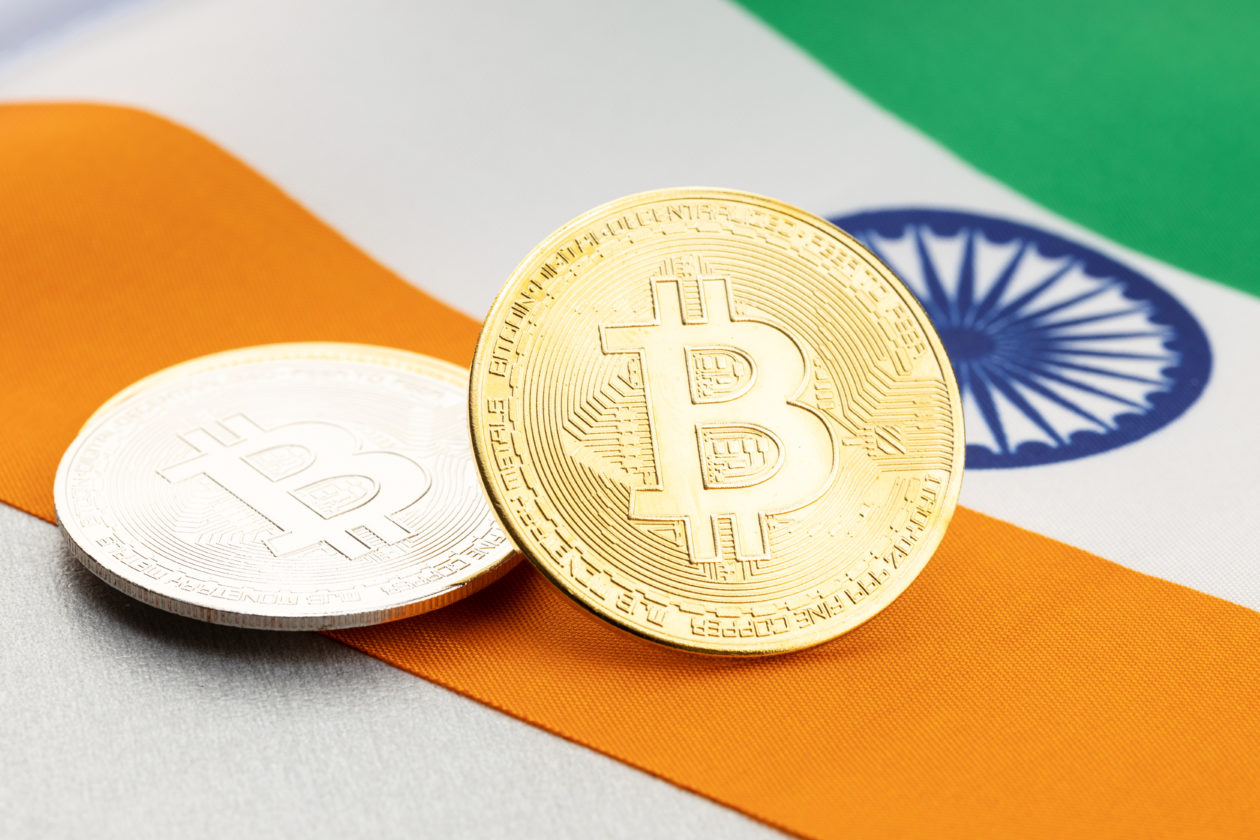India’s new crypto tax proposals have caused more confusion than clarity. Under new rules due to kick in on April 1, income from cryptocurrencies will be taxed at 30% — the highest tax band in India for assets.
The legislation also adds additional smaller taxes including a 1% tax deducted at source for all transactions above approximately US$134. This double taxation would mean traders and investors would pay as much as 34% on their transactions, says Rahul Garg, managing partner at tax consultancy firm Asire. “Enough consultation has not been done with the industry” before announcing these rules, which is why there are “multiple gray areas that lack clarity,” he added.
More than 80,000 people have signed a petition to urge the government to reconsider the new rules, but according to recent rhetoric coming out of Delhi, few in power have much ambition to embrace cryptocurrency, with some still gunning for an outright ban.
The confusing messaging will, some say, lead to a gouging of the nascent industry, and force others to move to more embracing hubs like Singapore and South Korea. Crypto exchange Zebpay moved out of India to Singapore and Malta amid regulatory tensions in 2018, while some investors recently told Forkast they are considering relocation after the tax announcement.
To ban or not to ban
The Indian government has made no qualms about sharing its views on the dangers posed by crypto speculation. The Reserve Bank of India, the country’s central bank, has repeatedly cautioned against crypto investments and even the finance minister Nirmala Sitharaman called it a “risky area” last year.
But when the government unveiled its plans to regulate the industry, it was seen as a green light by the crypto community.
However, the tax is being viewed increasingly as a way of curtailing, not encouraging the nascent industry. In parliament last week, Sushil Modi told ministers the tax has been implemented “to dissuade people from investing in crypto because it is highly speculative and volatile.”
The high tax rate itself is proof of the government’s mindset, which is to discourage crypto trading, Garg says. “This 30% basic rate we have for incomes people generate from activities like horse racing, gambling. So, somewhere the mindset of the government is to discourage this [crypto trading],” he added.
The government backs up Garg’s assertion. Finance secretary T.V. Somanathan said a day after the tax announcement that the tax framework “treats crypto assets the same way we treat winnings from horse races, or from bets and other speculative transactions.”
While ministers attempt to soothe angry investors and traders, the RBI continues to call for an outright ban on crypto, calling them worse than Ponzi schemes and not even a ‘tulip’ — referring to the speculation surrounding flower bulb prices during the 17th century.
Finance minister Nirmala Sitharaman had said earlier that taxation does not equate to legitimacy of the crypto industry and that the government has a sovereign right to tax income irrespective of whether derived from legal or illegal means. She also said that no decision has yet been made about whether crypto should be banned or regulated, which means that a ban is still on the table.
Garg says the tax rate is not only a problem for individual traders with low investments, but could also potentially hinder institutional investors from entering the sector in the future. Companies in India are subject to a 25% tax, which is significantly lower than the 30% tax prescribed for crypto income. Therefore, institutional investors will have to pay a higher tax on their crypto income.
Even the 1% tax to be levied on all transactions of or above the very low threshold — INR 10,000 or US$132 and INR 50,000 or US$662 for specified individuals — is geared towards curbing active trading in the market, Rahul Gaitonde, a crypto investor and advisor to blockchain companies, told Forkast. “The intent seems to be fairly straightforward. It’s meant to curb the sort of active trading that seems to go on … [but] speculation is an important part of any financial market, and so, therefore, clamping down on transaction volumes using 1% tax is probably not good,” he said.
The 1% tax for crypto transactions can be compared to the securities transactions tax (STT) which is deducted by stock exchanges. The STT rate varies from 0.001% to 0.2%.
But for crypto, the combination of the much higher rate and the low threshold makes speculative or active trading in the market potentially less profitable, if not unprofitable altogether.
Exchanges have already voiced concerns that this could hurt margin and arbitrage trading, thereby impacting market liquidity and efficiency.
Additionally, the tax rules also propose that investors cannot offset loss from cryptocurrencies against income from other sources or carry it forward to the next fiscal year, a provision allowed for other asset classes. This means the government will collect taxes each time investors earn a profit on crypto, but offer no relief or benefit when investors are at a loss.
As a nascent sector, the crypto industry requires legislation and tax laws that promote its growth and use and foster innovation. But in India, the government may be trying to control the crypto sector’s unfettered growth over the years, rather than boost it.
The tax rules were supposed to provide clarity but only added more confusion. The government has refused to clarify the legal status of crypto for years by neither banning nor clarifying. India’s crypto community is on edge as the suspense around crypto’s fate lingers and many exchanges are even considering moving out of India.





